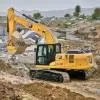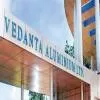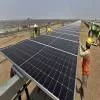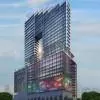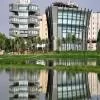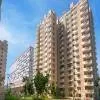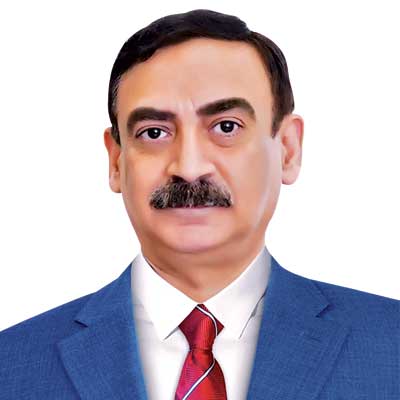
Revolutionising the Indian metro diversification
Read full article
CW Gold Benefits
- Weekly Industry Updates
- Industry Feature Stories
- Premium Newsletter Access
- Building Material Prices (weekly) + trends/analysis
- Best Stories from our sister publications - Indian Cement Review, Equipment India, Infrastructure Today
- Sector focused Research Reports
- Sector Wise Updates (infrastructure, cement, equipment & construction) + trend analysis
- Exclusive text & video interviews
- Digital Delivery
- Financial Data for publically listed companies + Analysis
- Preconceptual Projects in the pipeline PAN India
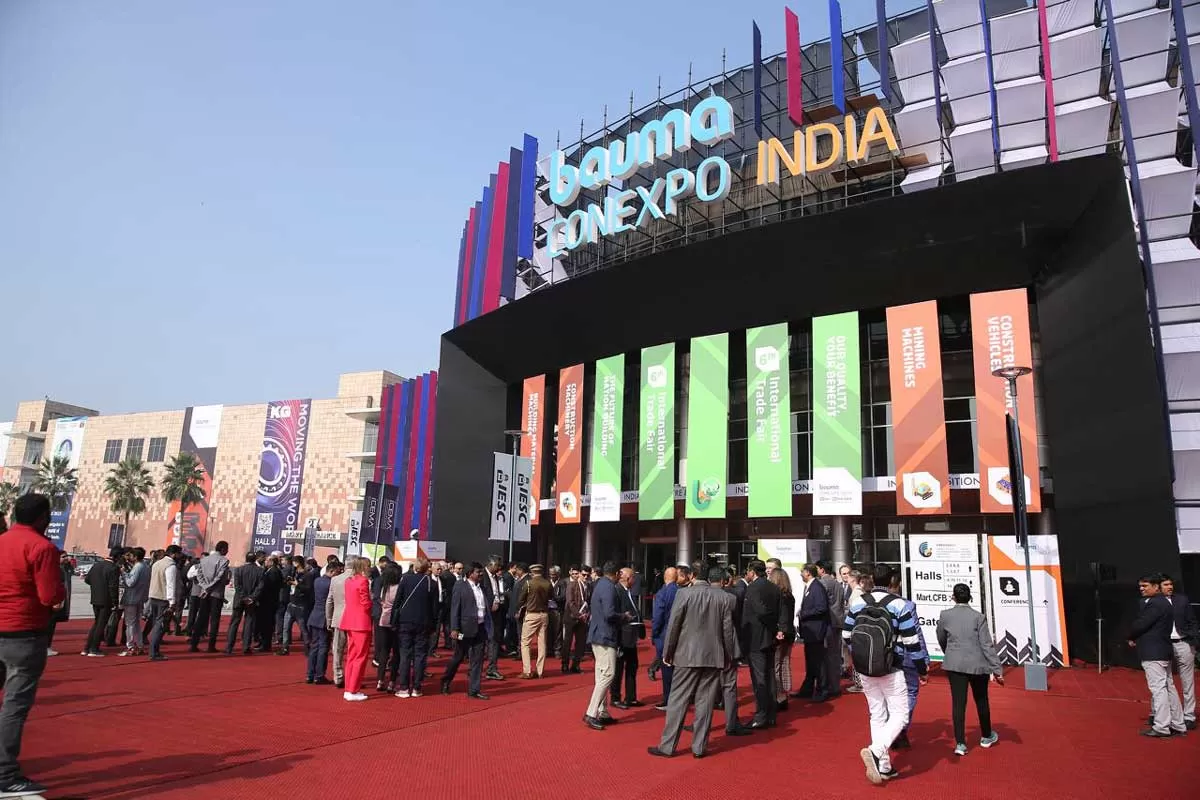
bauma Conexpo 2024 is it the largest edition, with 1,000 exhibitors
India's construction equipment industry is experiencing significant growth, fueled by rapid infrastructure development, expanding mining activities, and increasing urbanisation. bauma Conexpo India will bring together leaders, global players and decision-makers from the international trade fair for construction machinery, building material machines, mining machines and construction vehicles under one roof. The exhibition will host its biannual event at the India Expo Centre, Greater Noida from 11 to 14 December 2024.In 2023, the exhibition attracted 41,108 participants as well as 601 exh..
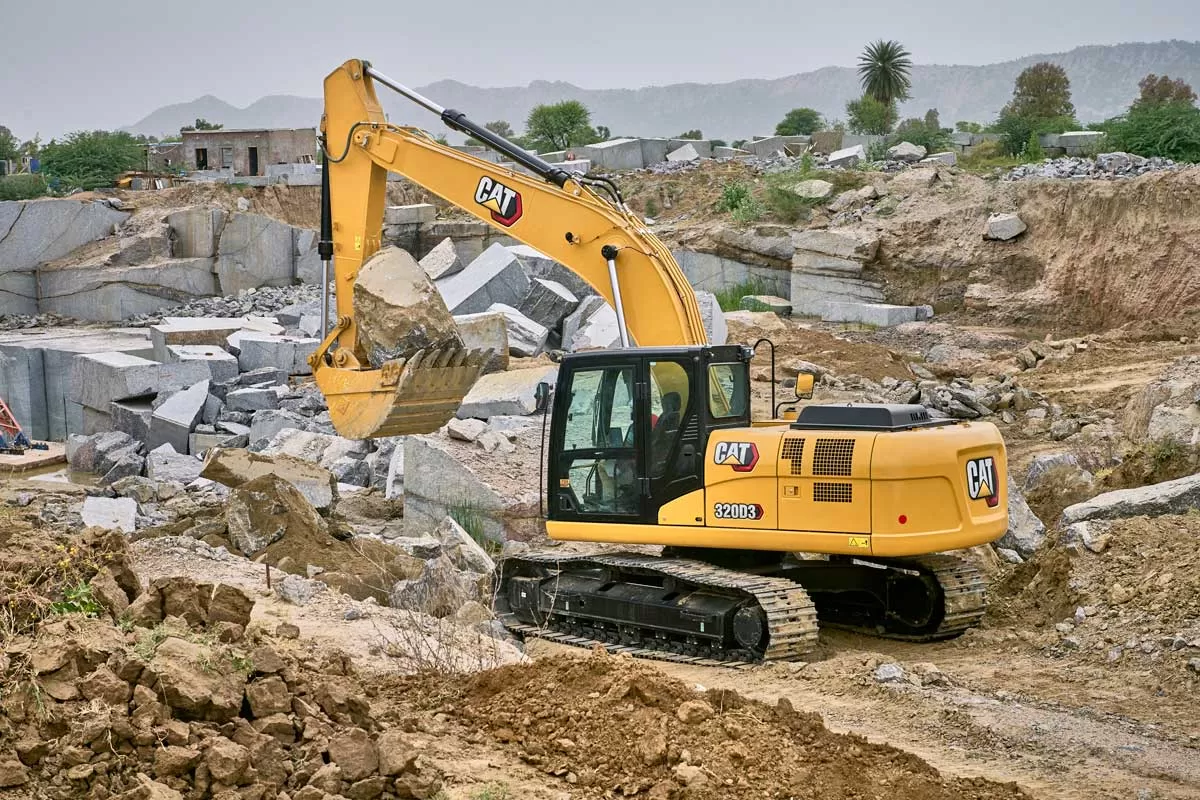
Our commitment to excellence and innovation drives our success
In India's dynamic industrial landscape, Gmmco, a comprehensive solutions provider across the construction, resources and energy transportation industries, stands as a testament to innovation. As a powerhouse of the CK Birla Group with a legacy spanning over five decades, the company has evolved from a traditional equipment supplier to a full-spectrum solutions provider, prioritising technology, innovation and sustainability. Its distinctive approach includes rental solutions, used equipment options, financing support, rebuilt options and tailored product support solutions, setting new benchma..
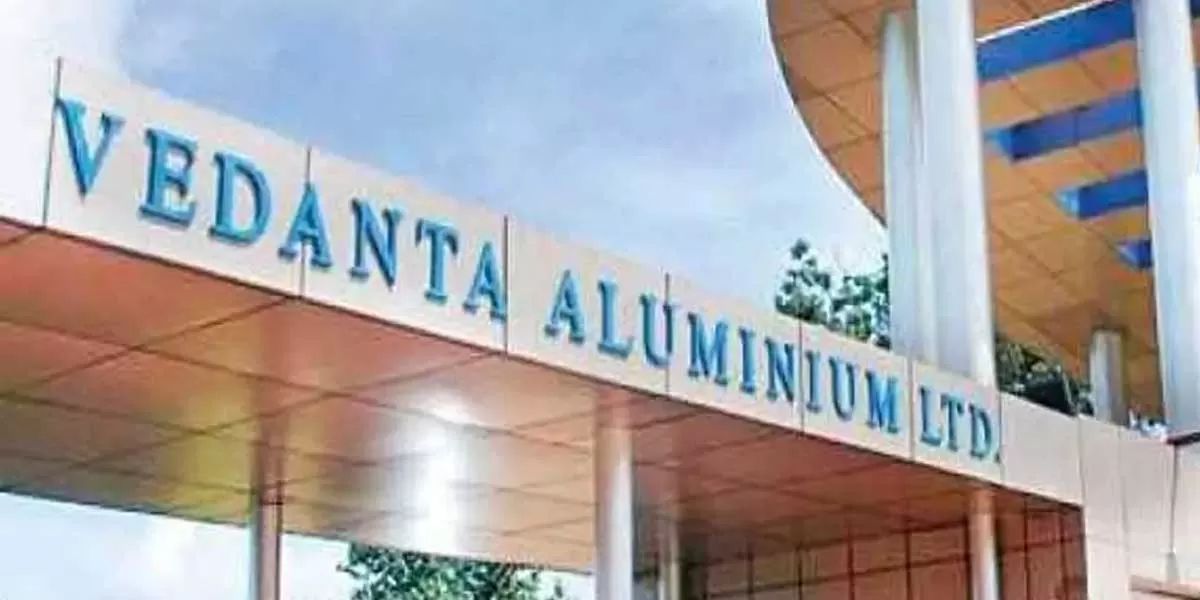
Vedanta plans $2 billion investment in Saudi Arabia copper projects
Vedanta announced its plan to invest $2 billion in major copper projects in Saudi Arabia. Vedanta Copper International, a wholly-owned subsidiary of the company, has signed an agreement with Saudi Arabia's Ministry of Investment and Ministry of Industries & Mineral Resources. The agreement outlines the establishment of a greenfield copper smelter and refinery with a capacity of 400 kilo tonnes per annum (KTPA) and a 300 KTPA copper rod project. According to the company, this collaboration aligns with Saudi Arabia's Vision 2030 and aims to invest $2 billion in significant copper projects withi..



